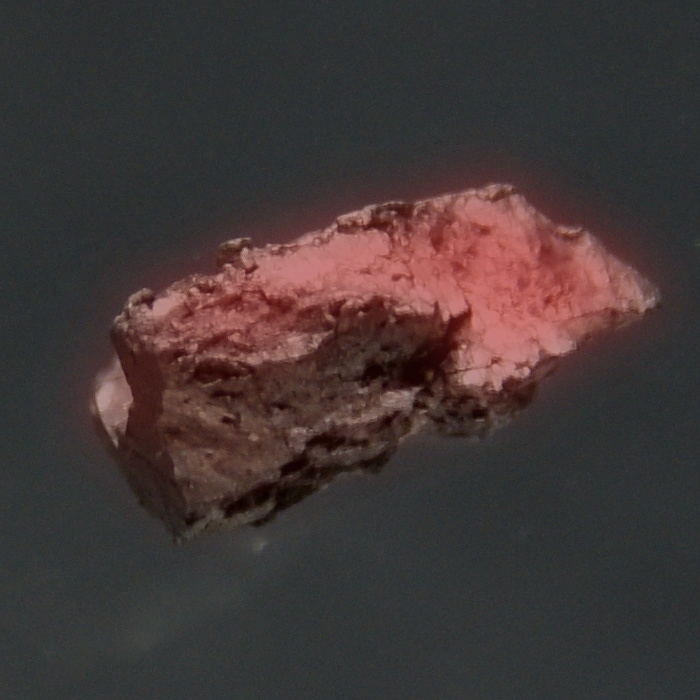Kuriumo
96
Cm
Grupo
Neniu
Perio
7
Bloko
f
Protonoj
Elektronoj
Neŭtronoj
96
96
151
Ĝeneralaj Propraĵoj
Atoma Nombro
96
Atommaso
[247]
Amasa Nombro
247
Kategorio
Aktinoidoj
Koloro
Arĝento
Radioaktiva
Jes
Curium is named after Madame Curie and her husband Pierre Curie
Kristala Strukturo
Simpla Sesangula
Historio
Curium was discovered by Glenn T. Seaborg, Ralph A. James and Albert Ghiorso in 1944 at the University of California, Berkeley.
It was produced by bombarding plutonium with alpha particles during the Manhattan Project.
Curium metal was produced only in 1951 by reduction of curium fluoride with barium.
It was produced by bombarding plutonium with alpha particles during the Manhattan Project.
Curium metal was produced only in 1951 by reduction of curium fluoride with barium.
Elektronoj per ŝelo
2, 8, 18, 32, 25, 9, 2
Elektrona Agordo
[Rn] 5f7 6d1 7s2
Curium accumulates in the bones, lungs and liver, where it promotes cancer
Fizikaj Propraĵoj
Fazo
Solido
Denso
13,51 g/cm3
Fandpunkto
1613,15 K | 1340 °C | 2444 °F
Bolpunkto
3383,15 K | 3110 °C | 5630 °F
Varmo de Fuzio
Neniu kJ/mol
Varmo de Vaporiĝo
Neniu kJ/mol
Specifa Varmo Kapacito
- J/g·K
Krusta Abundo
Neniu
Universa Abundo
Neniu

CAS Nombro
7440-51-9
PubChem Kunmetita Identiga Nombro
Neniu
Atomaj Propraĵoj
Atoma Radiuso
174 pm
Kovalenta Radiuso
169 pm
Elektronegativeco
1,3 (Pauling-skalo)
Potencialo de jonigo
5,9915 eV
Atoma Volumo
18,28 cm3/mol
Termika Kondukto
0,1 W/cm·K
Oksidaj Ŝtatoj
3, 4
Aplikoj
Curium is mainly used for scientific research purposes.
Curium is a common starting material for the production of higher transuranic elements and transactinides.
The most practical application of 244Cm is as α-particle source in the alpha particle X-ray spectrometers (APXS).
Curium is a common starting material for the production of higher transuranic elements and transactinides.
The most practical application of 244Cm is as α-particle source in the alpha particle X-ray spectrometers (APXS).
Curium is harmful due to its radioactivity
Izotopoj
Stabilaj Izotopoj
-Malstabilaj Isotopoj
233Cm, 234Cm, 235Cm, 236Cm, 237Cm, 238Cm, 239Cm, 240Cm, 241Cm, 242Cm, 243Cm, 244Cm, 245Cm, 246Cm, 247Cm, 248Cm, 249Cm, 250Cm, 251Cm, 252Cm